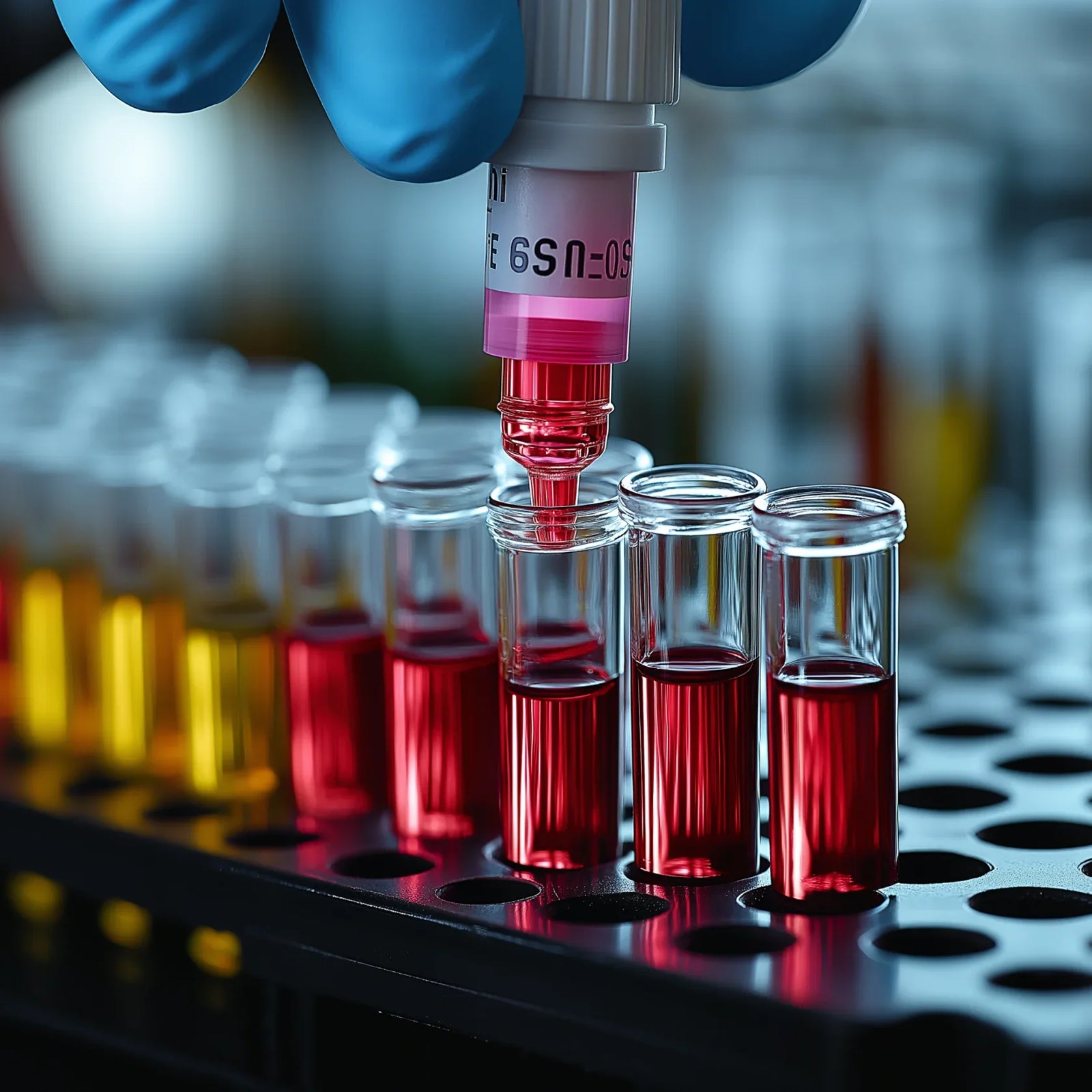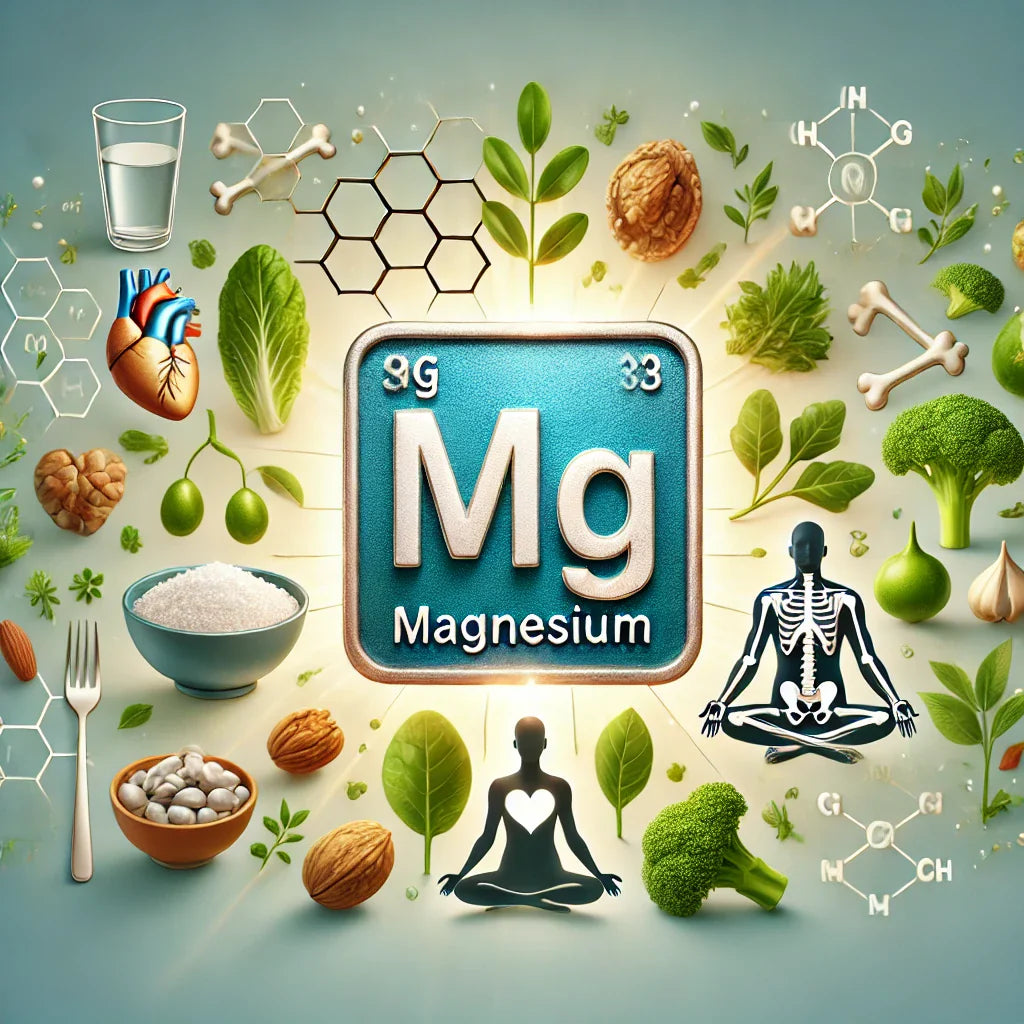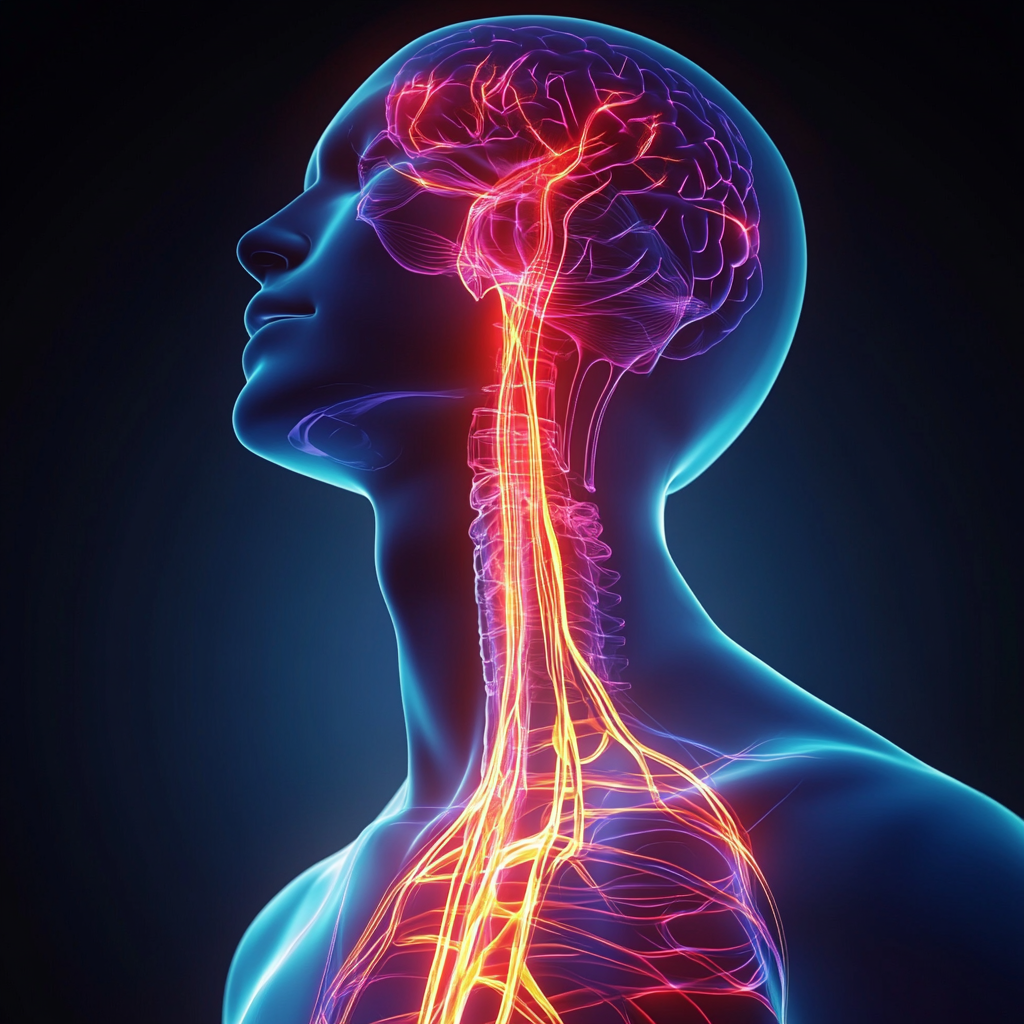Livraison gratuite sur les produits de plus de 49 $
Ce rouleau est utilisé pour tester votre 1ère urine du matin afin de déterminer votre équilibre acide/alcalin.
Il est essentiel de maintenir un pH équilibré dans votre corps qui est directement corrélé à la quantité d'électrolytes dans votre corps. Les électrolytes sont des minéraux (sodium, potassium, chlorure, calcium, phosphate et lithium) capables de conduire l'électricité et impliqués dans tous les processus biochimiques de notre corps.
Une acidification excessive de notre alimentation produit un épuisement des minéraux qui sont essentiels pour tamponner les acides dans notre corps. Si le corps se déminéralise, sa capacité à mener des processus biochimiques est compromise et nous ne pouvons pas être en bonne santé.

Tester le pH de votre urine est un bon indicateur de votre concentration en minéraux et le premier pas vers une meilleure santé.
Afin de tester votre pH, utilisez un petit morceau du rouleau de papier dès le matin . Vous voulez tester le milieu du jet de votre première urine du matin.
La plage optimale se situe entre 6,4 et 7,2. Si vous êtes acide (inférieur à 6,4), prenez les suppléments recommandés (ci-dessous) et continuez à tester votre pH quotidiennement jusqu'à ce qu'il revienne à l'équilibre.
Nous vous recommandons de ne commencer aucun nettoyage tant que votre pH n'est pas compris entre 6,4 et 7,2 afin de minimiser les réactions de nettoyage. Lorsque nous nettoyons, une quantité inhabituelle de toxicité est déversée dans la circulation sanguine et les organes de désintoxication (reins, foie et gros intestin), ce qui peut, à son tour, rendre notre corps très acide et provoquer des symptômes de désintoxication.
Si votre pH est inférieur à 6,4, voici ce que vous pouvez ajouter à votre alimentation :



